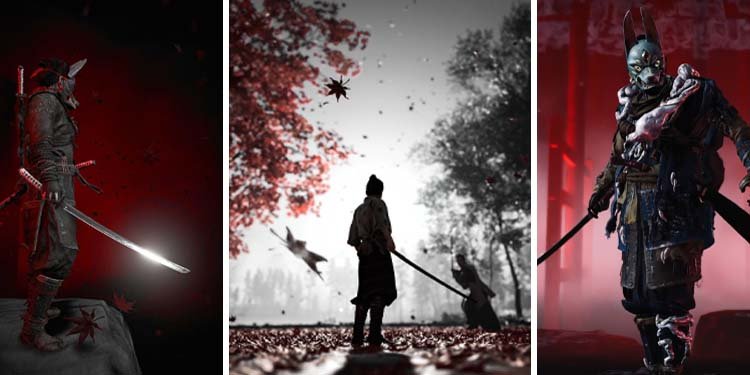Ghost of Tsushima Legends, In October 2020, Ghost of Tsushima: Legends made its debut as a free DLC. It gave the hitherto single-player-only game a multiplayer component.
The game mode is accessible from the main menu, and the content launched as Update 1.1. To put it another way, since it’s a stand-alone mode, you can’t use the Jin Sakai you created for the campaign.
The gameplay is slightly altered in the multiplayer because it emphasizes action and fantasy more than stealth. Yet, it converts the game’s winning formula into a fully featured co-op without microtransactions or secret costs.
We should also make clear that all PlayStation Plus members can get Ghost of Tsushima for free. You get access to Legends if you own a PS4 game either physically or digitally or if you subscribe to the service.
Read More: In Which Countries Do Pakistan’s Citizens Travel The Most?
Explore the Contents
- 1 Ghost of Tsushima Legends, What’s the Process?
- 2 Game Modes for Multiplayer in “Ghost of Tsushima”
- 3 Ghost of Tsushima Legends, Classes for Multiplayer in Ghost of Tsushima
- 4 Multiplayer Character Advancement in Ghost of Tsushima
- 5 Ghost of Tsushima Legends, How Do You Level Up A Character In Legends?
Ghost of Tsushima Legends, What’s the Process?
A co-op option called Ghost Tsushima: Legends transports you to a fictional world based on Japanese mythology. The “Legends” portion of the game’s menu will take you there.
Four extra gameplay types are available once you enter the Legends mode. One of the four Legends classes is an option when playing these games with a character you create.
Then, regardless of the multiplayer mode you choose to play, you can level up your character in a variety of ways.
In summary, the Legends mode provides four classes, five gameplay styles, and straightforward character development. The game uses a standard matchmaking system to give a co-op experience, but you may also quickly join your friends’ lobbies or vice versa.
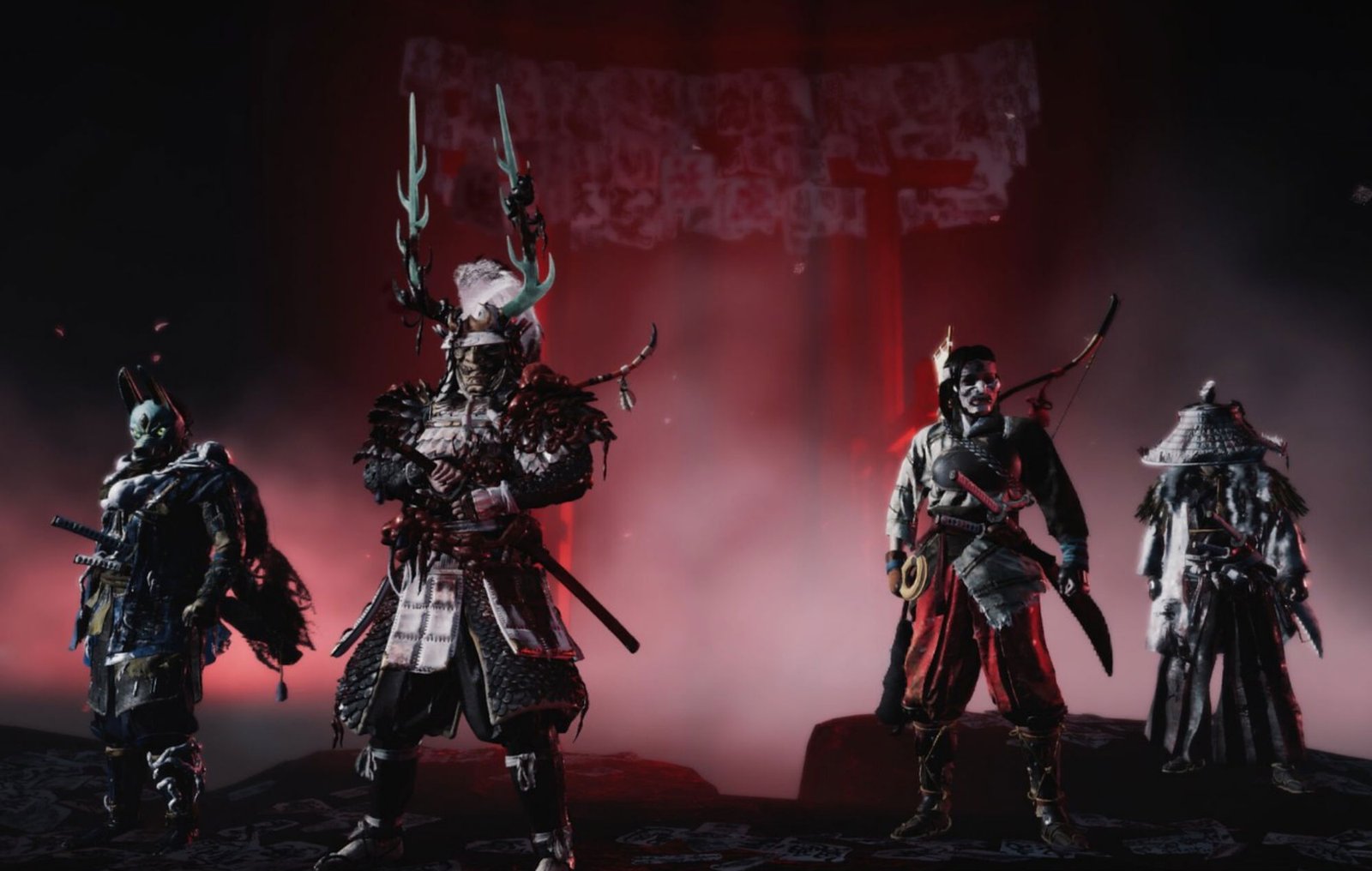
Game Modes for Multiplayer in “Ghost of Tsushima”
The overall ability to play an adventure or a survival quest with your buddies is provided by Legends. It has a different plot than the campaign, lets you play as a different character, and adds additional environments, foes, monsters, items, and talents.
These gameplay elements are available in one of the four multiplayer game modes.
Ghost of Tsushima Legends, Quick Play
You can participate in the “Story Fast Play” or the “Survival Quick Play” games. If matchmaking is turned on, you can join these to join random and ongoing battles.
Story
They provide a number of levels that you can play with a friend. These missions significantly draw from Japanese culture and provide a fantastical world where evil and demonic creatures become your adversaries. For two players, there is a story mode that spans 10 acts with three chapters each.
Survival
They accommodate up to four players for survival. The objective of the game, which places you on one of the seven accessible maps, is to defend territories against waves of enemies. A boss will appear after every fifth wave. Areas that you have lost on prior waves will be refreshed after you defeat a boss. Last but not least, as you play, you’ll earn money that you can use to buy skills.
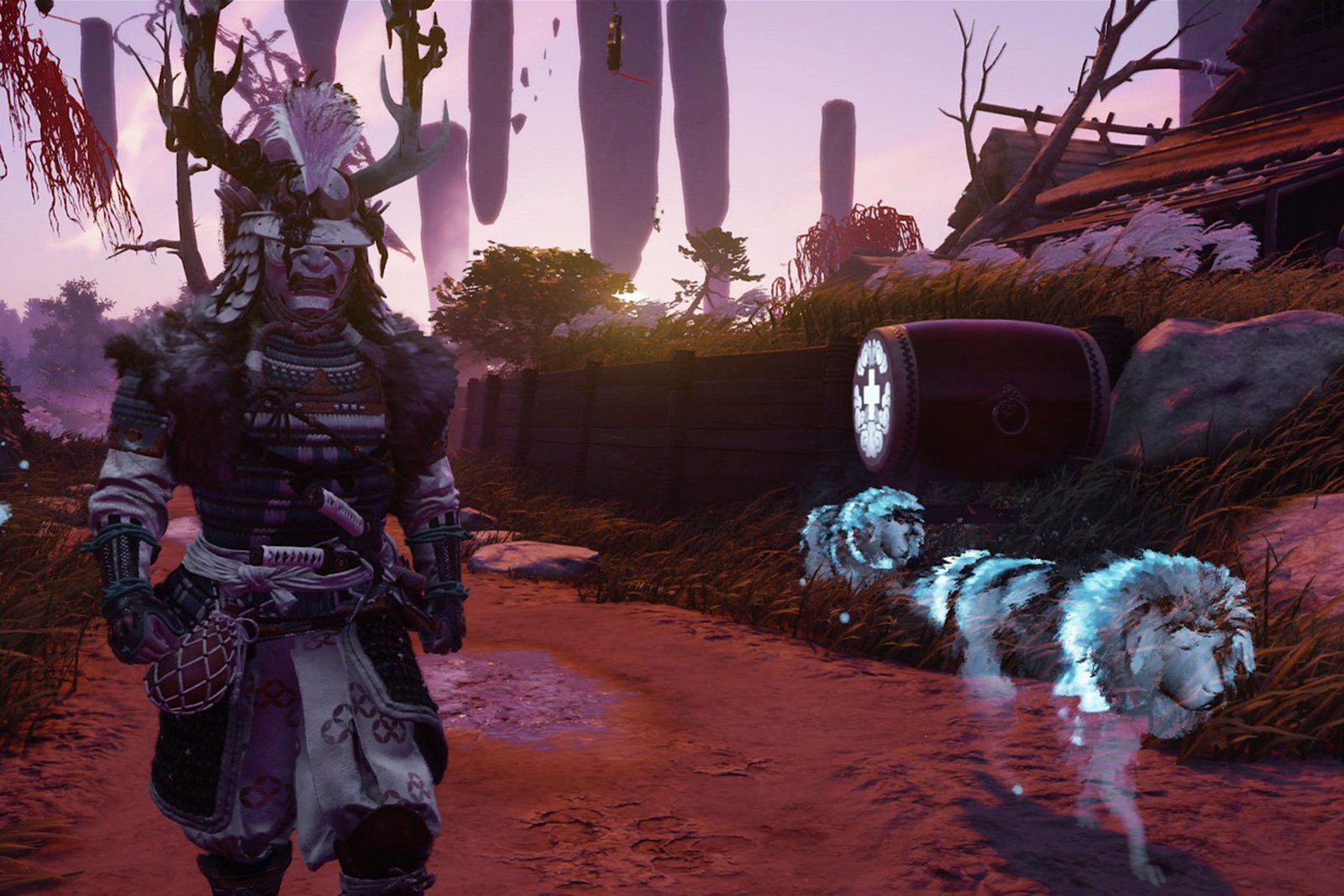
Ghost of Tsushima Legends, Challenge
These raids are a part of “The Legend of Iyo,” a difficult story. The squad is placed in dungeon-like settings in this four-player cooperative game. Due to its difficulty, the game mode spans three chapters and is the multiplayer co-final op’s act in Tsushima.
There are three varying levels of difficulty for the Survival and Narrative tasks. High-level and uncommon items are more likely to drop with each successive tier. The maximum number of waves you can hold in Survival will increase specifically when the difficulty level is increased—15 for Bronze, 20 for Silver, 25 for Gold, and 30 for Nightmare.
As you can see, there are three levels of difficulty: Bronze, Silver, and Gold. The number of times you play Narrative and Survival missions on the difficulty of your choice is completely up to you. Every time you play, a different adversary spawns and you find different items and have a varied experience.
Ghost of Tsushima Legends, Classes for Multiplayer in Ghost of Tsushima
Jin Sakai, the protagonist of Ghost of Tsushima, is capable of learning numerous skills. He is an expert in all samurai techniques, including melee, ranged, sneak strikes, combinations, and more.
Yet in Legends, those abilities are broken down into four classes. To fit their class and skill set, each has an exclusive passive or active ability and “Ultimate” talent.
In any case, you must select one of the four available classes before beginning the Legends mode:
Samurai
The Samurai is an offensive melee class that emphasizes swordplay and the use of katanas. The “Samurai Ultimate” of the weapon enables the warrior to attack adversaries by slowing down time. He may passively drain health from adversaries thanks to its ability.
Ghost of Tsushima Legends, Hunter
A long-range fighter who mostly uses explosive arrows and bows. The Eye of Uchitsune, which is its Ultimate power, shoots a hail of arrows at foes. Then, he can stun opponents nearby thanks to the class feature of the Hunter.
Ronin
Ronin is the team medic, but he also enjoys using magic and using a sword. Breath of Izanami, the Ronin’s ultimate move, can restore an individual team member or the entire team. Afterwards, Ronin can use his special power to call a spirit dog ally to battle with the group.
Ghost of Tsushima Legends, Assassin
The focus of the Assassin is on stealth and Katanas. “Shadow Strike,” its Ultimate, teleports him across the battlefield to deliver shock assaults. Last but not least, he can dissipate in a cloud of poison that knocks foes unconscious.
You can initially only play with one class at a time. But as you get to the Legends mode, you’ll be able to freely switch between the other classes after you’ve unlocked them.
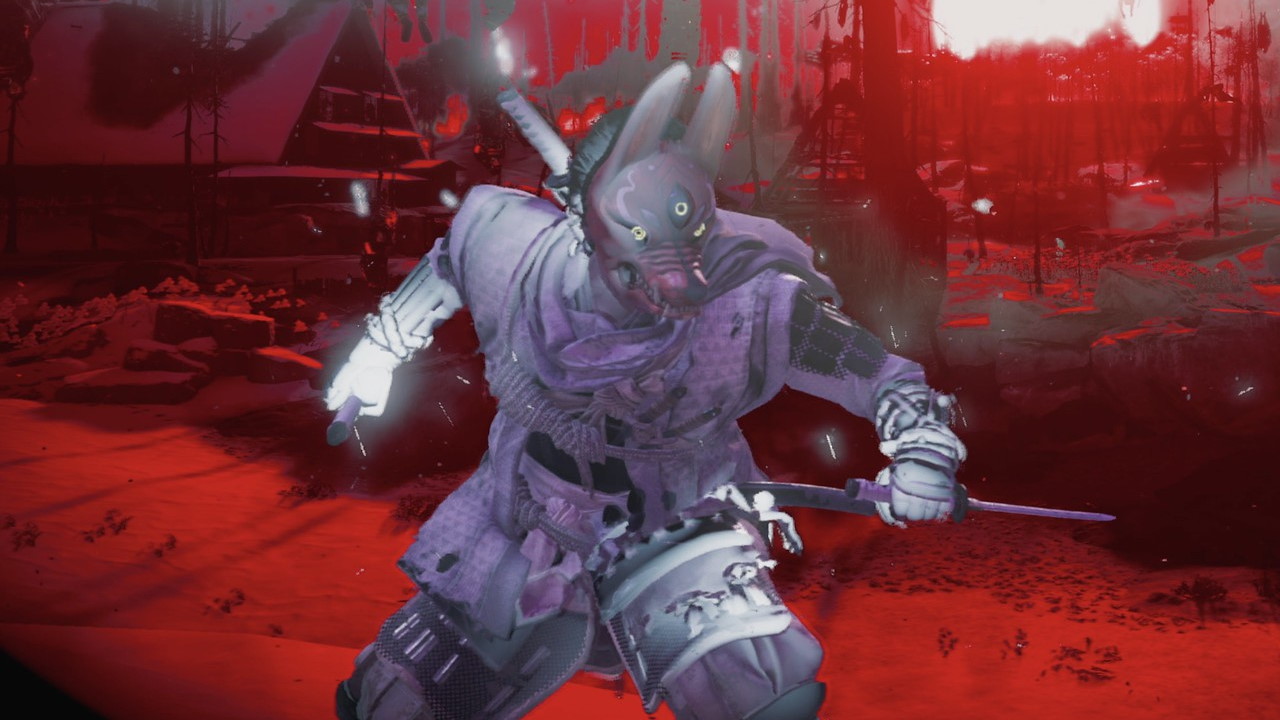
Multiplayer Character Advancement in Ghost of Tsushima
In Legends, you can level up your characters, buy skills from skill trees, find weapons with techniques, loot a ton of stuff, upgrade weapons and armor, and locate resources to pay for improvements.
Nonetheless, the four classes each have a distinct skill tree in addition to their “Class Ability” and “Ultimate.” As a result, you can level up these characters, earn skill points, and buy more skills just like you would in any other action-RPG.
Any task you complete in the Legends mode awards experience points to your character. Activities include finishing a fast play, a challenge, a Survival map, or a set of stages in Story mode.
Ghost of Tsushima Legends, Then, as you level up, you have the option to unlock Techniques. However, unlike Jin Sakai, you can select just one Technique per row.
Likewise, none of the four Sword Stances are available to the characters in Legend. Each character has a unique sword stance, but they can also find swords that already have stances or combos built in.
The additional components of character development are:
Gear
As a reward for accomplishing tasks and missions, you are given gear. The loot gets better as you get tougher. Moreover, there are four different rarities of gear (Common, Rare, Epic, and Legendary). The stats and bonuses associated with each rarity increase, but you can “Reforge” and “Reroll” legendary goods to add new perks or increase existing bonuses.
Ghost of Tsushima Legends, Cosmetic Items
In addition to standard equipment, you can also find cosmetic things to change the way you look. Masks, class items, body items, sword kits, emotes, and sword VFXs are some of them. While some of these cosmetics can be obtained in the Legends mode, others require you to complete the single-player campaign.
Power Level/Ki
The “Ki” is the total of the rarity and levels of your equipment. It’s an indicator that quickly lets you know how far your character has come or how challenging a mission might be. However, only Nightmare difficulty missions yield gear with the maximum power level of 110 Ki.
Resources
As a reward for accomplishing tasks and missions, you receive resources. You require these resources—”Essence,” “Honor,” and “Shrines”—to reforge and reroll gear. Your Power Level can be raised through reforging and rerolling.
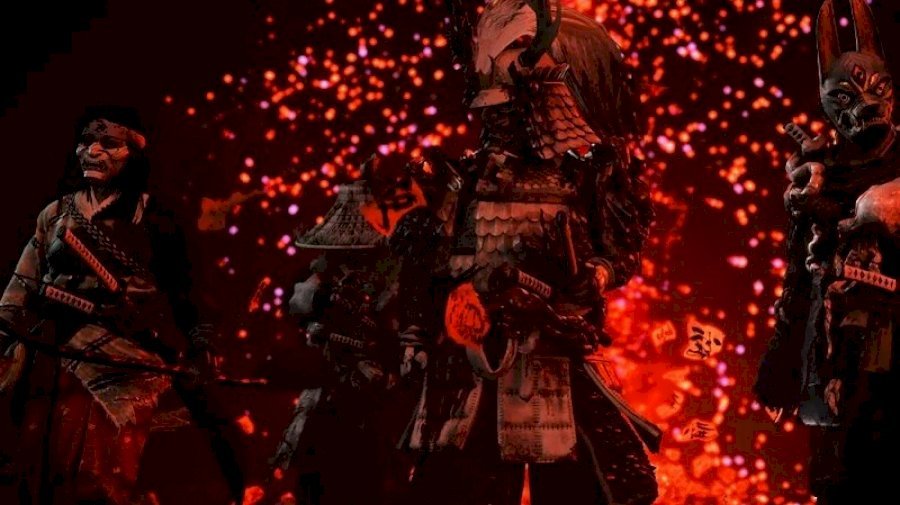
Ghost of Tsushima Legends, How Do You Level Up A Character In Legends?
To attain Power Level 110 in The Ghost of Tsushima Legends, some grinding is necessary. Fortunately, there are three different levels of difficulty for you to ascend.
You should essentially play on Bronze until your Power Level reaches 35. You’d be better off playing on Survival because you can take up the task with three more players. It can be difficult at first.
Ghost of Tsushima Legends, You can complete the story missions on Silver difficulty if you reach level 35. You might need to complete the entire co-op story mode in one sitting to reach level 80. Following that, you should continue playing any of the game modes on Gold difficulty. Around this Power Level, the Tales of Iyo challenge is very rewarding.
Once you obtain Gold level 105, you must complete Nightmare tasks to advance to level 110. You can continue to participate in raids for the rewards they provide.

